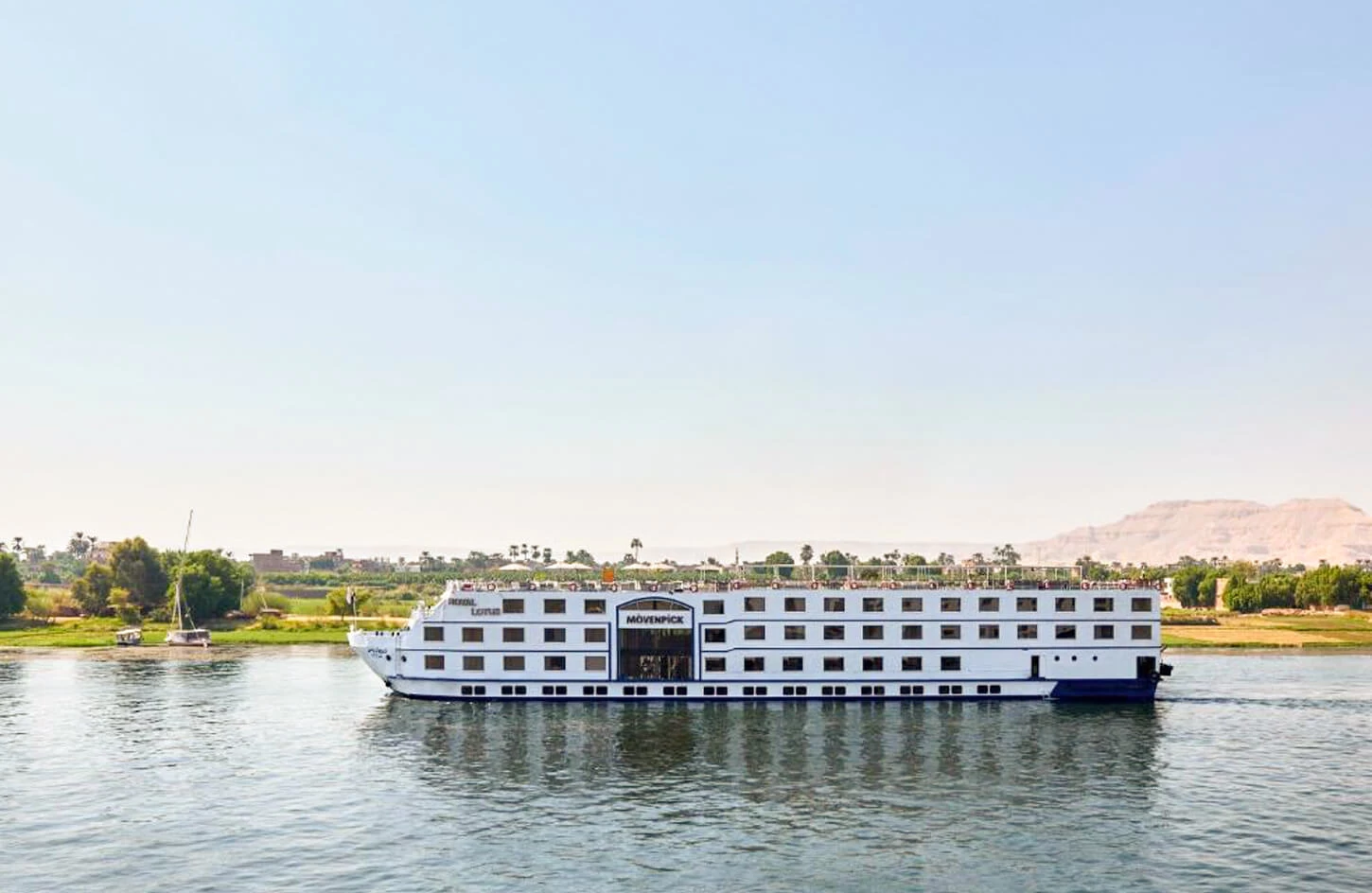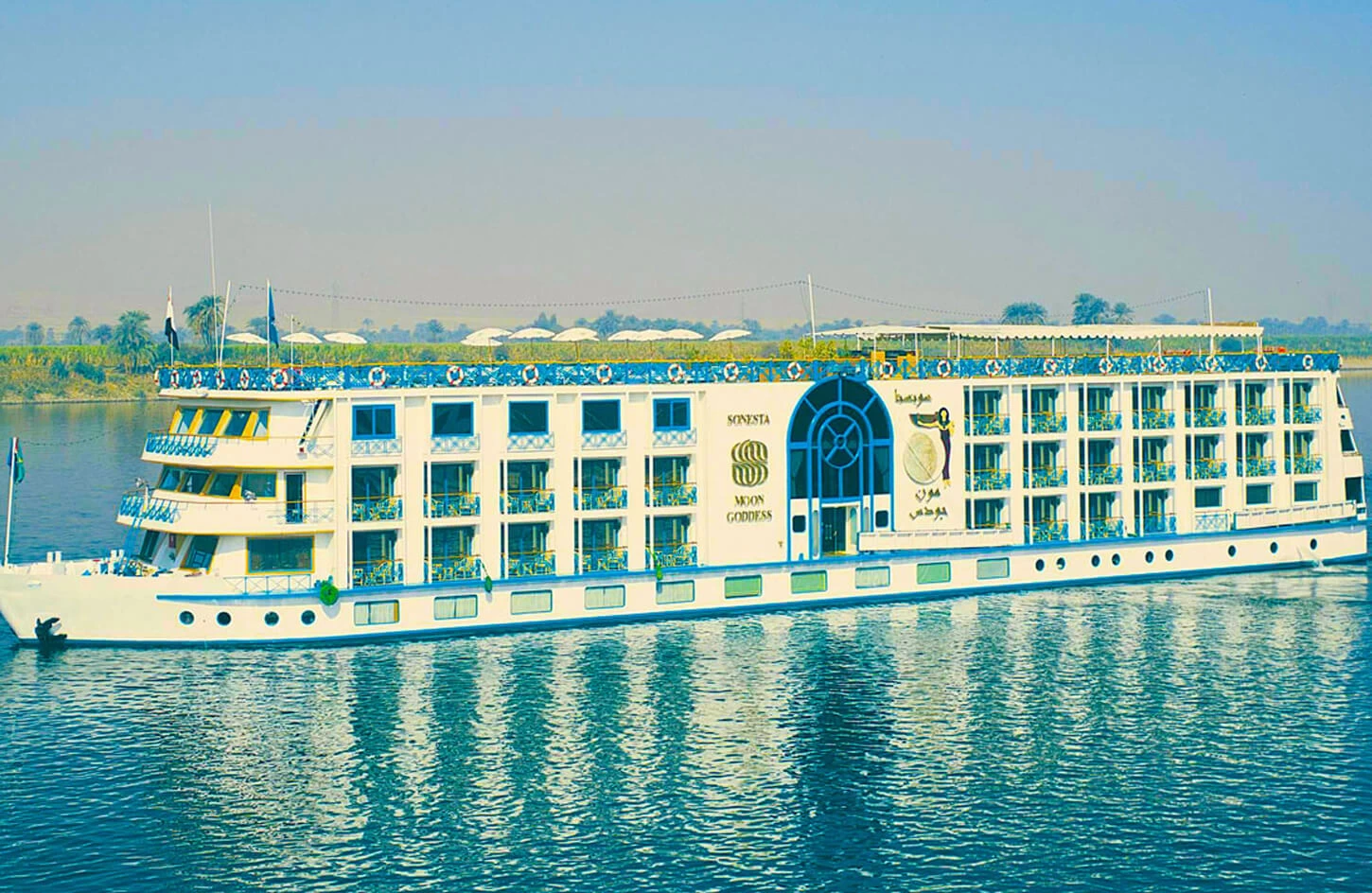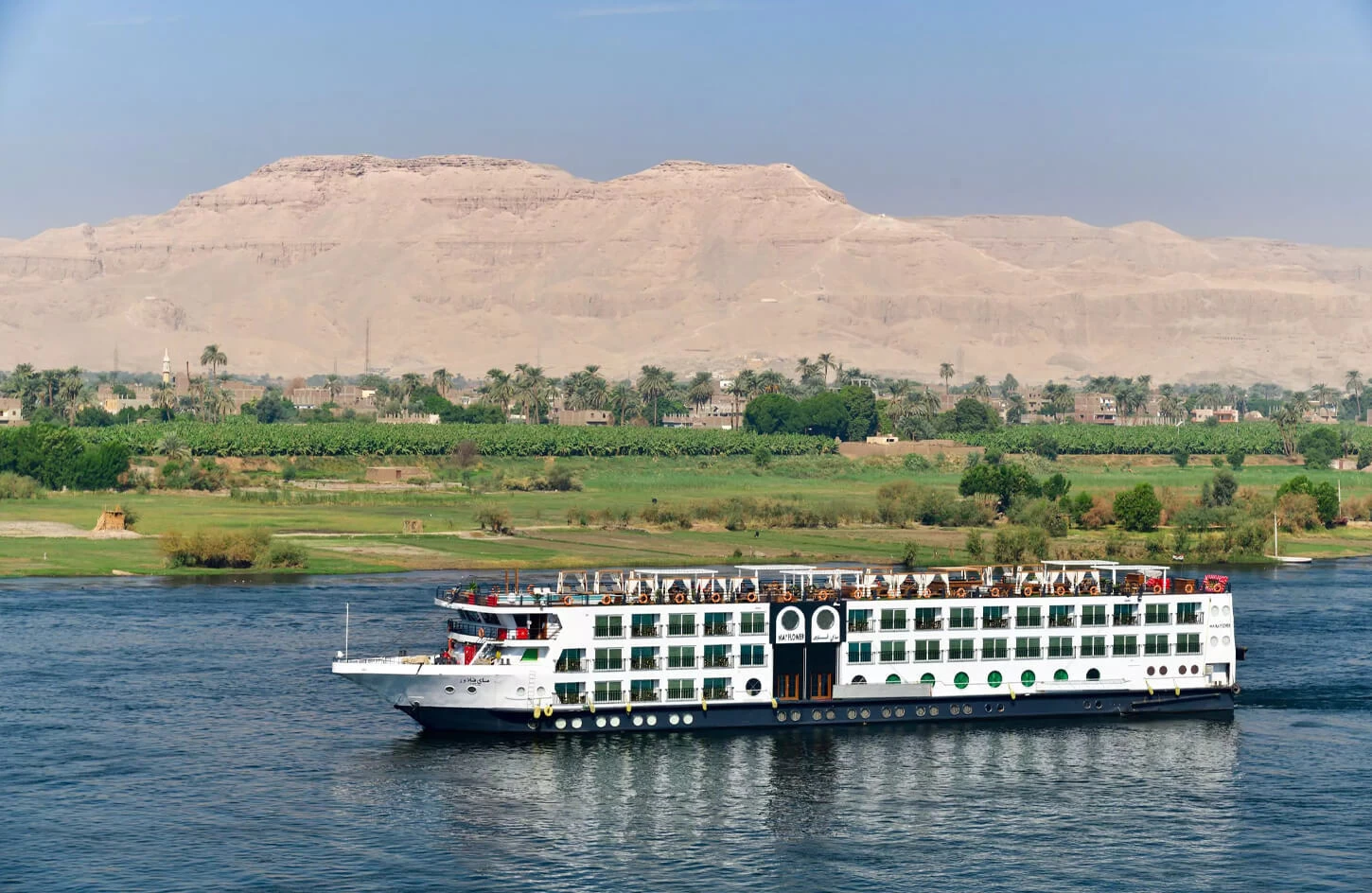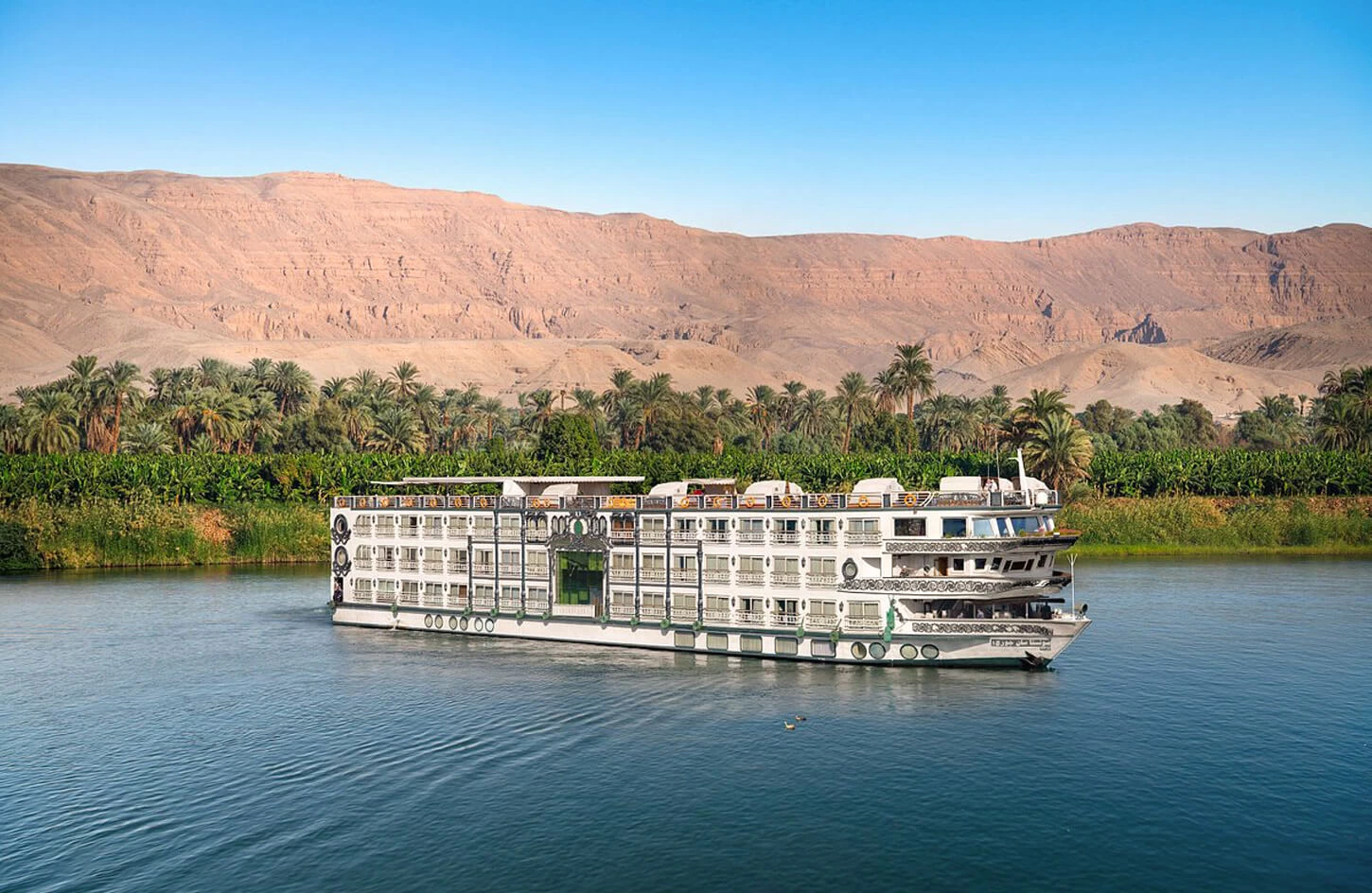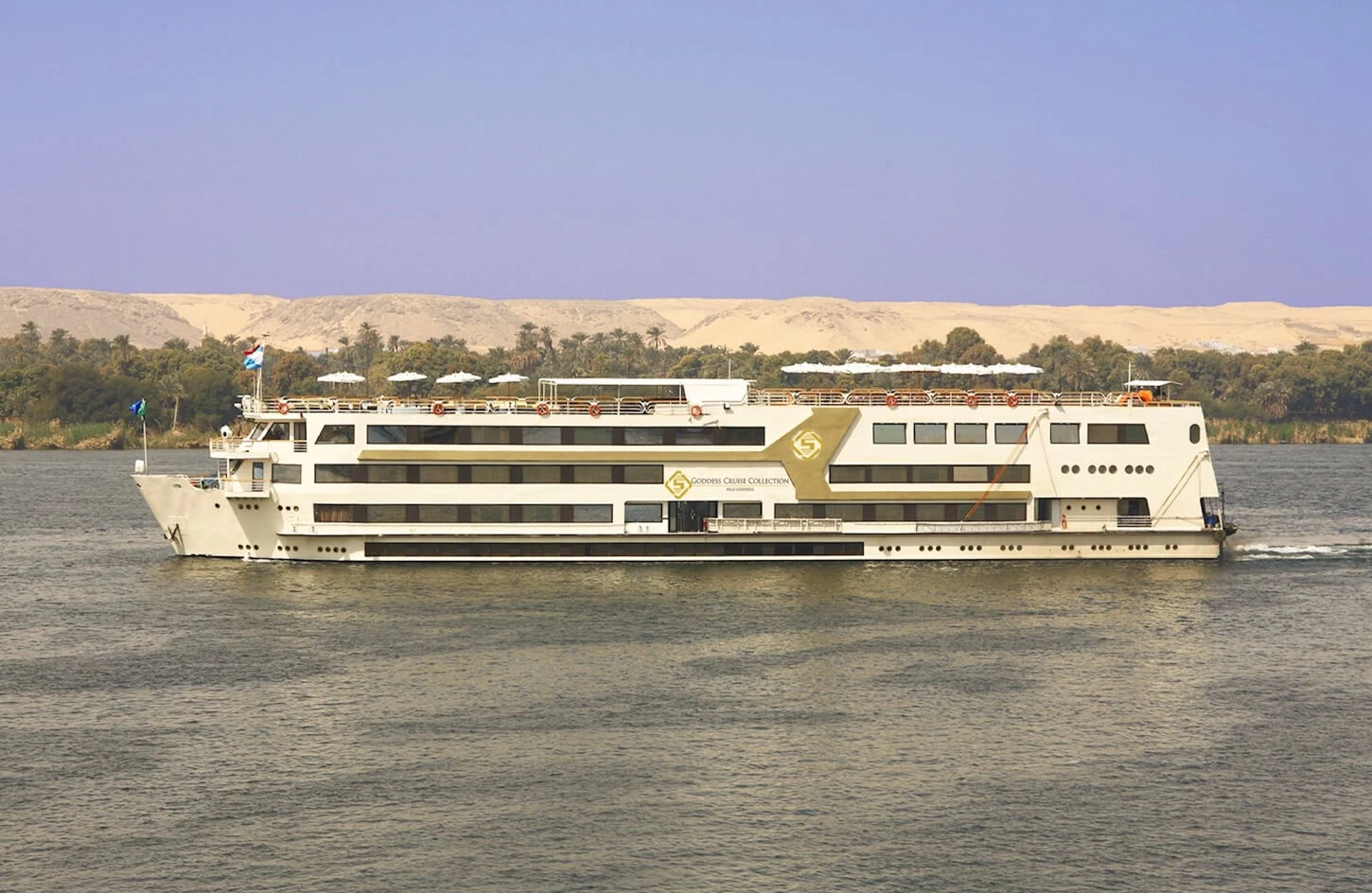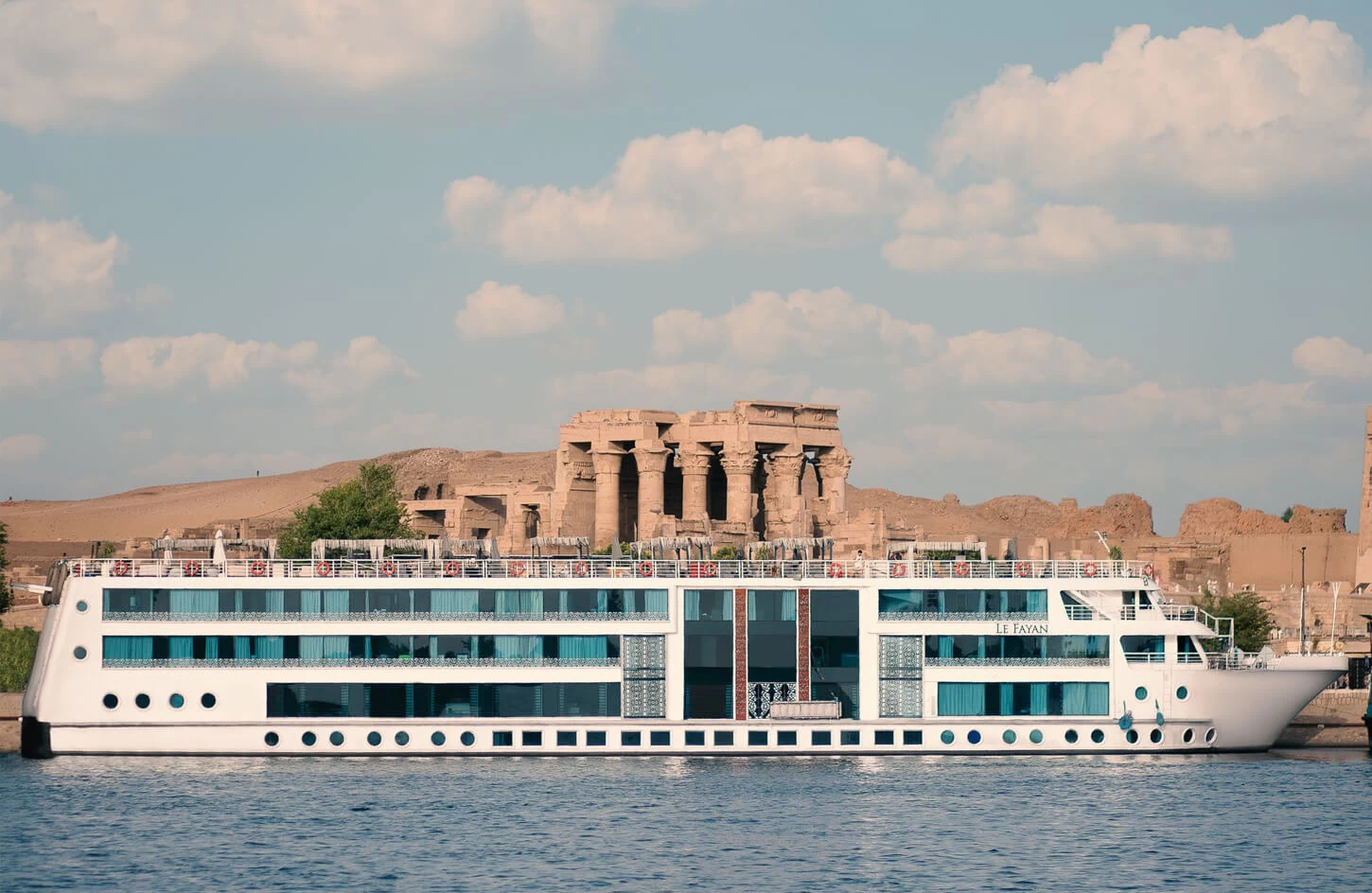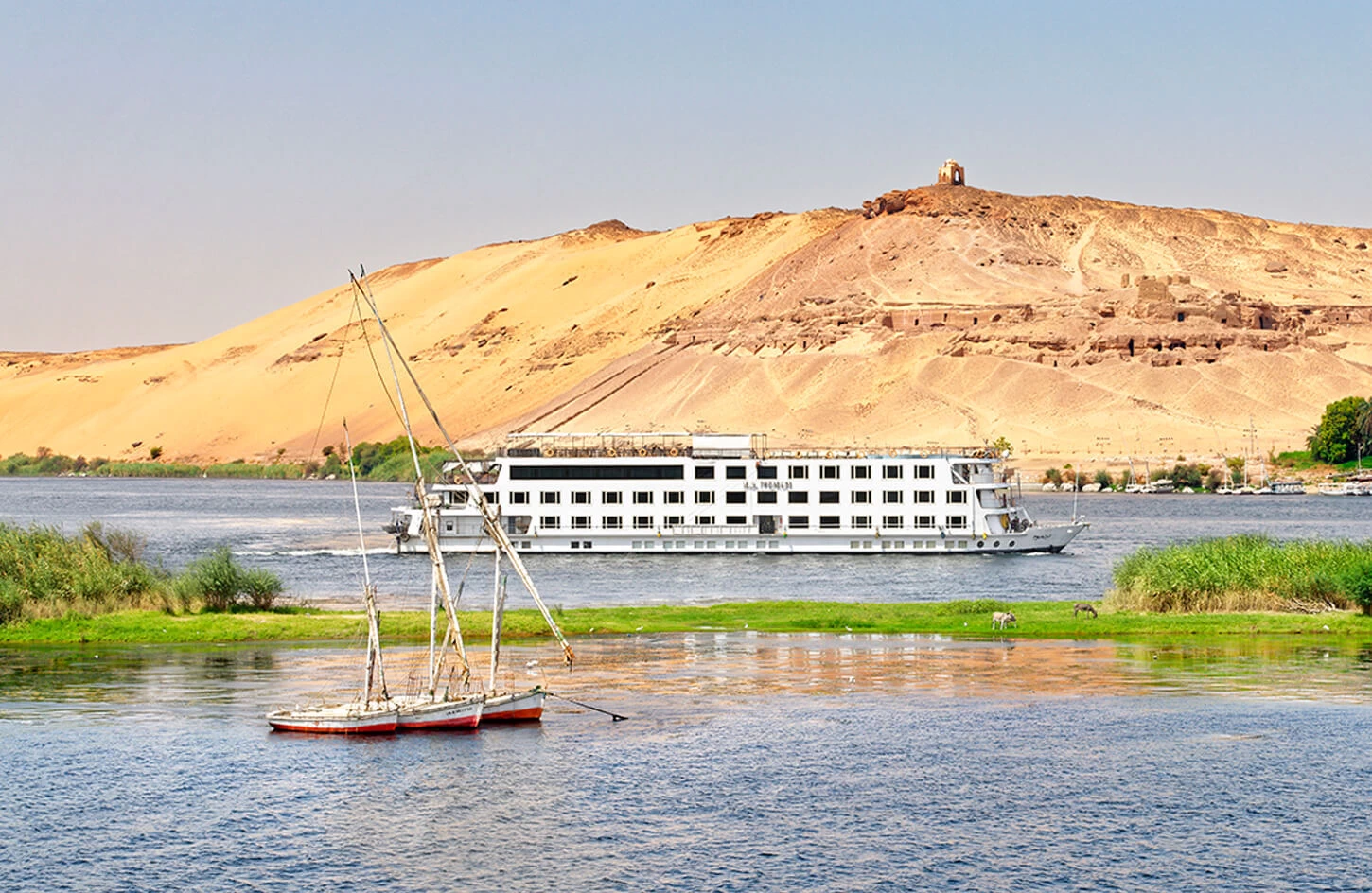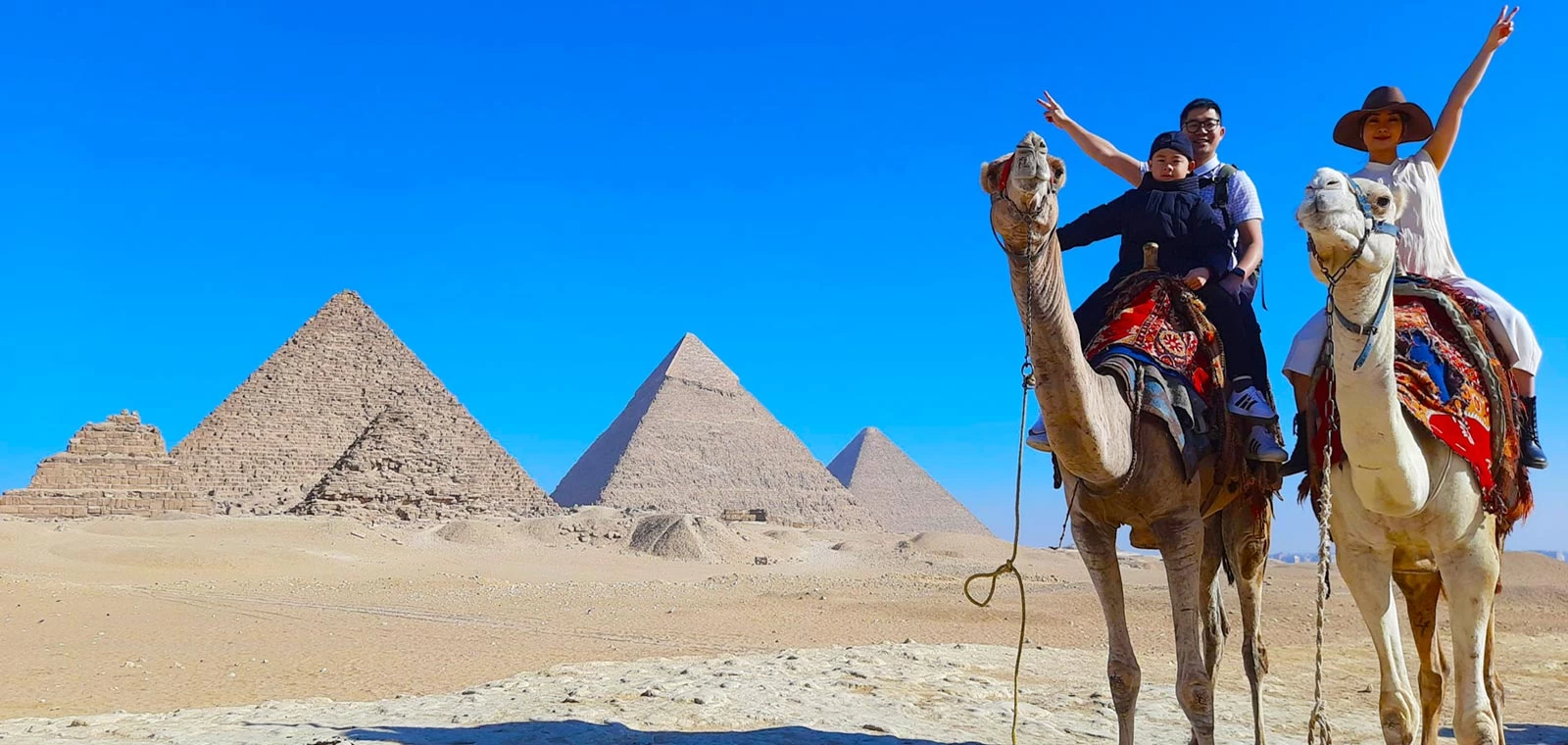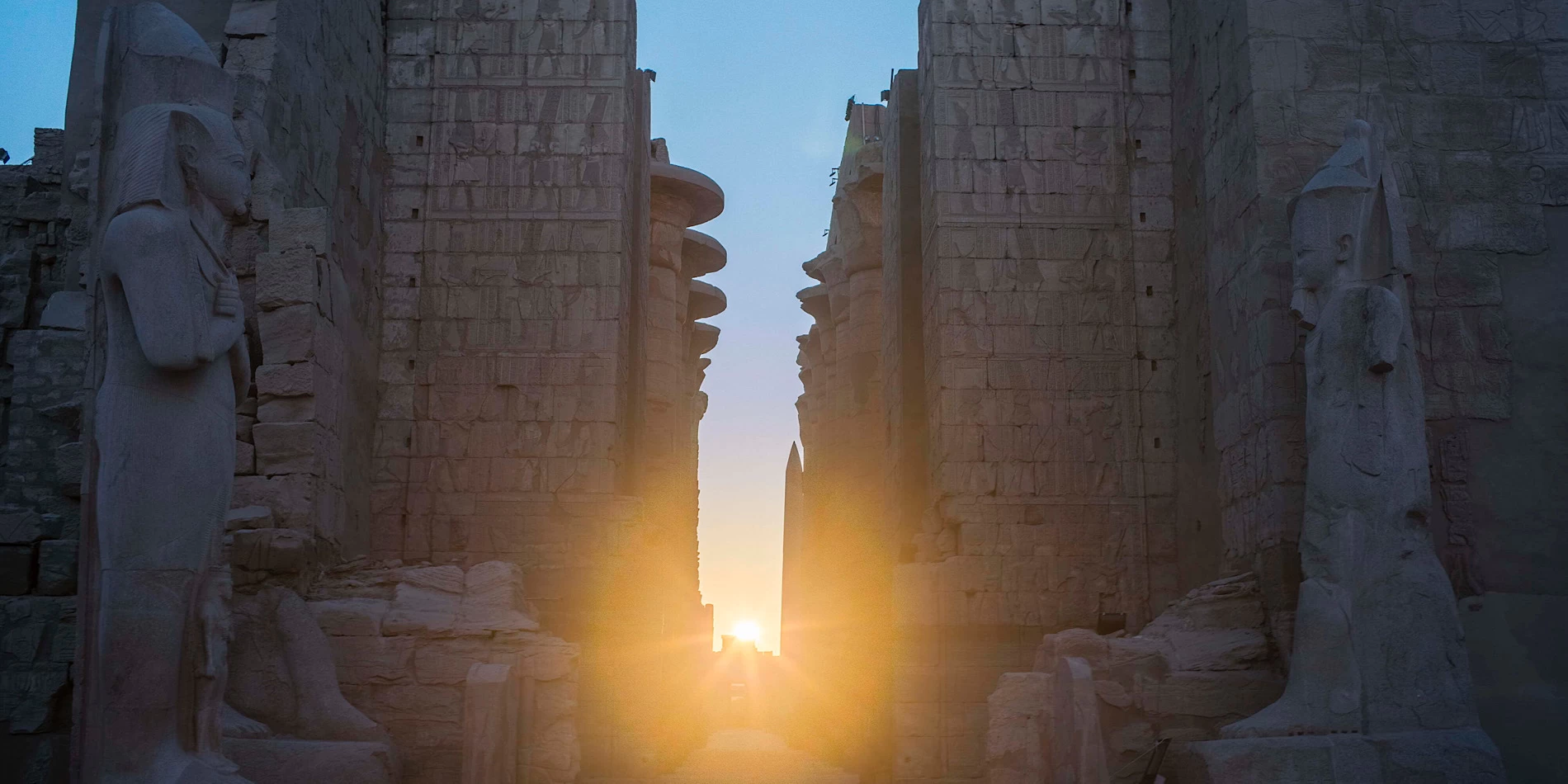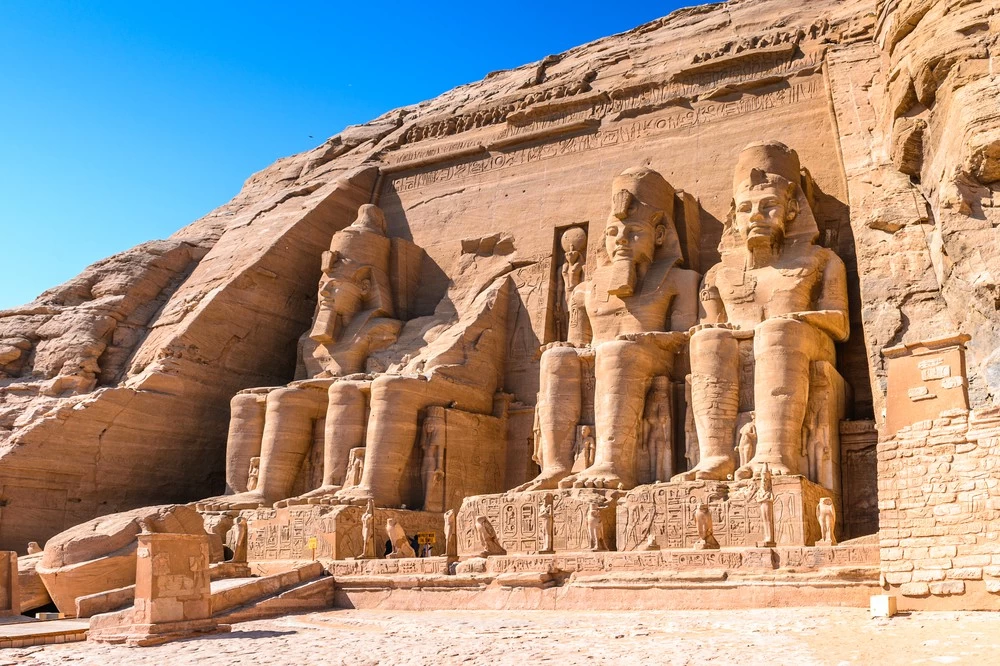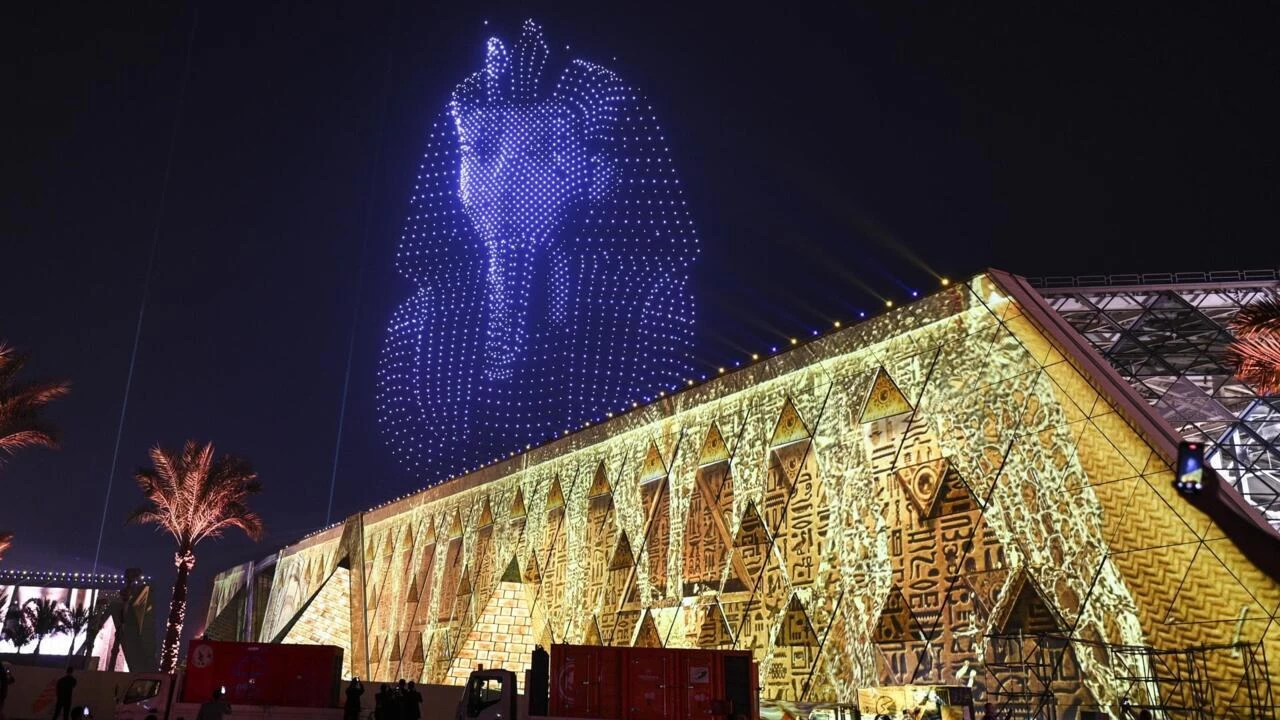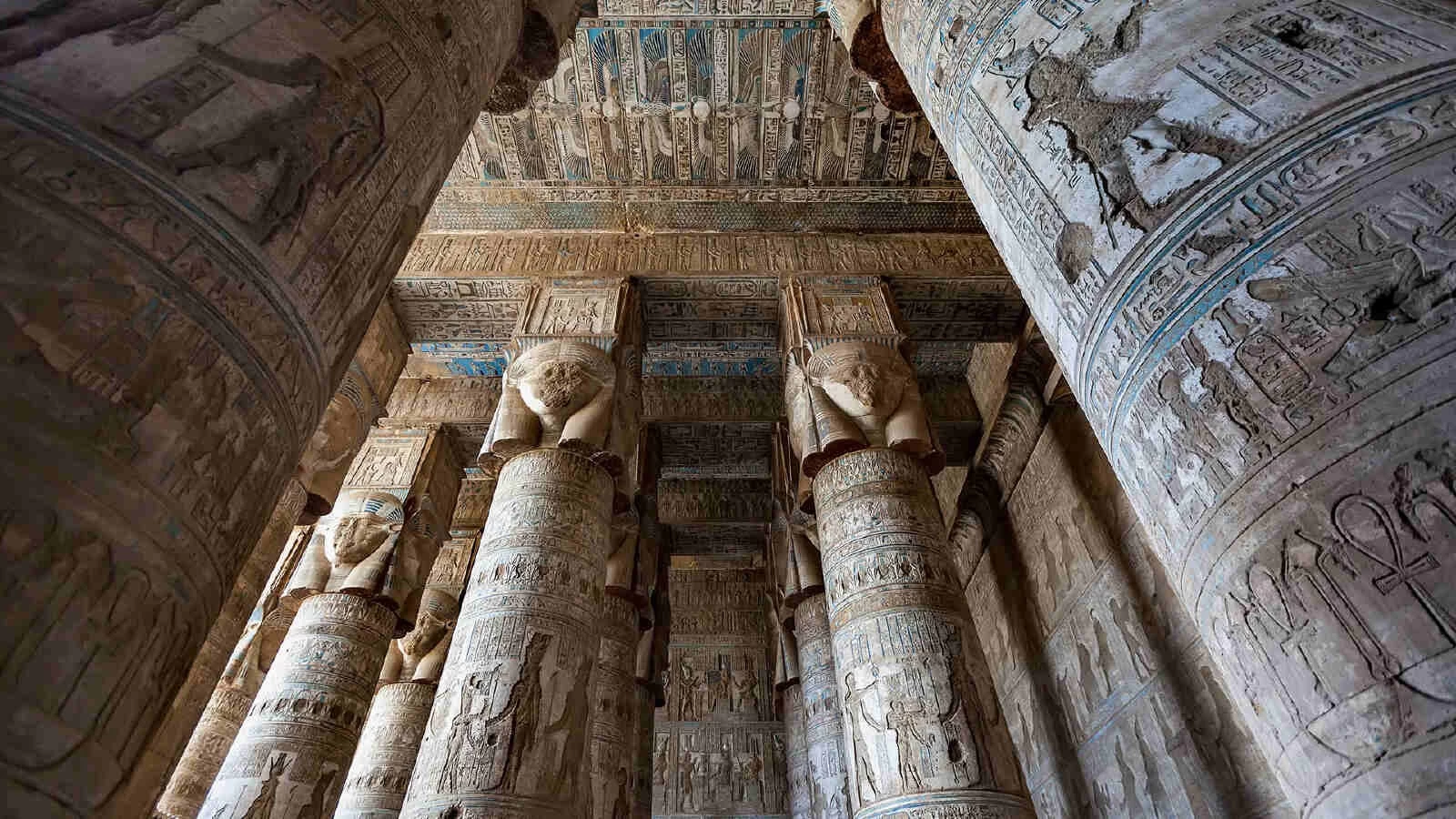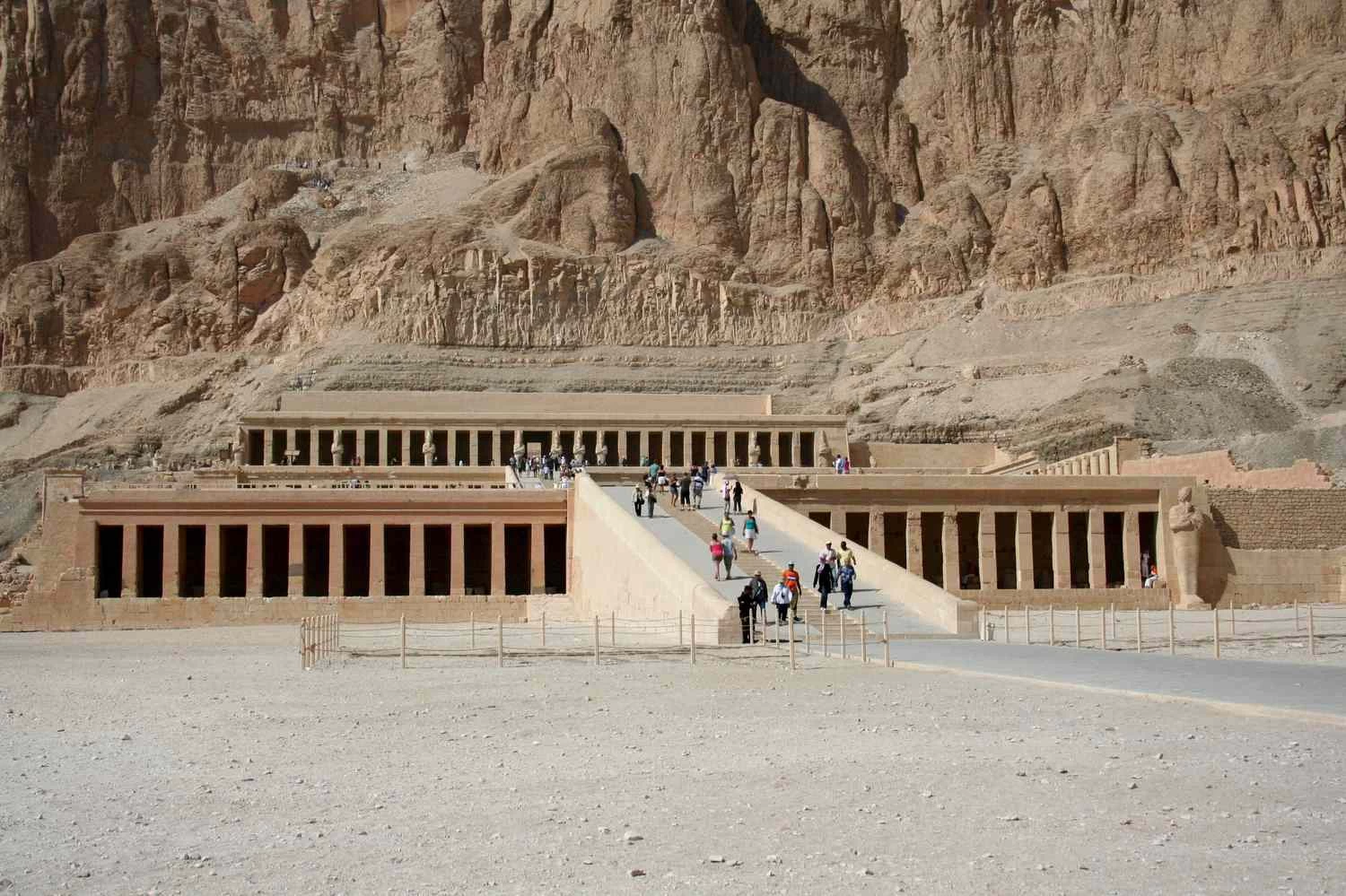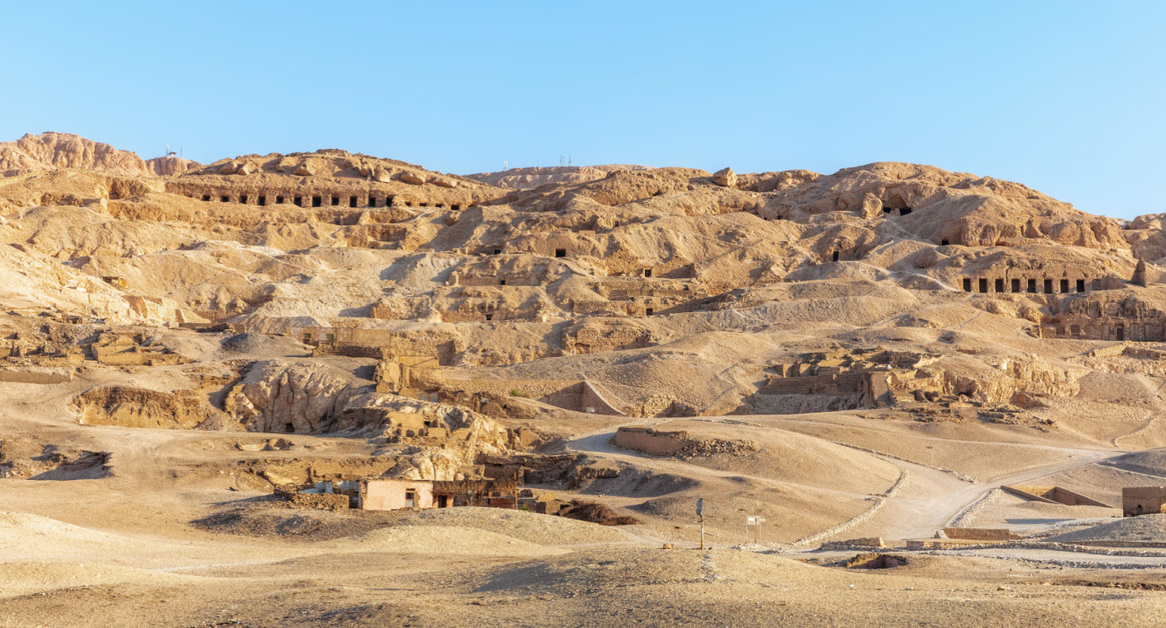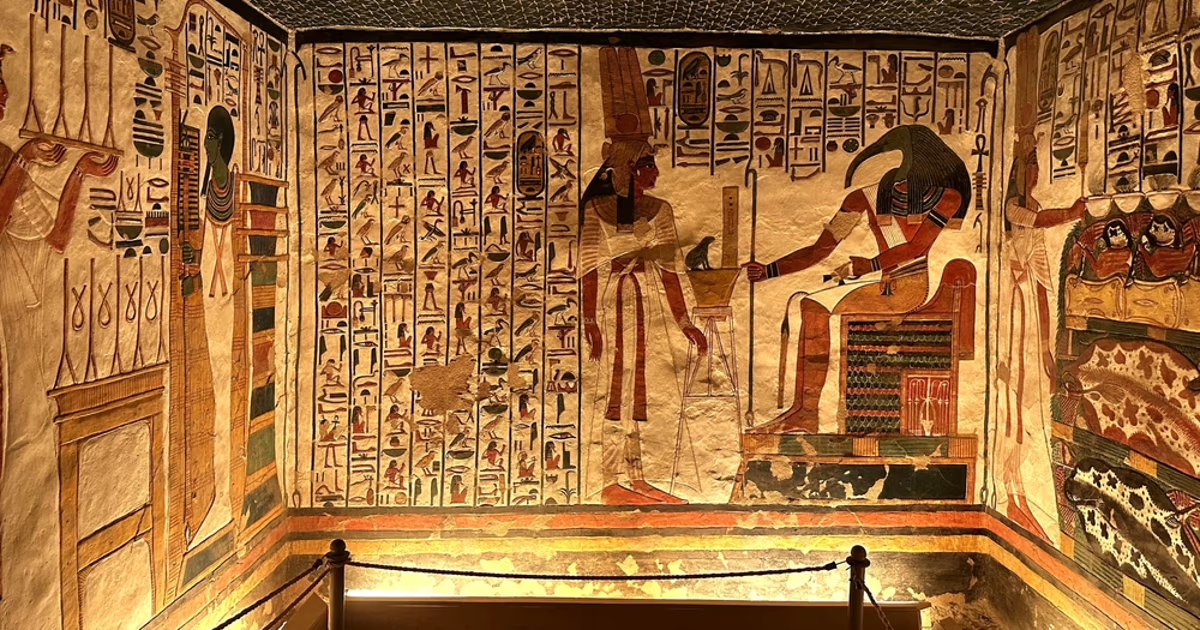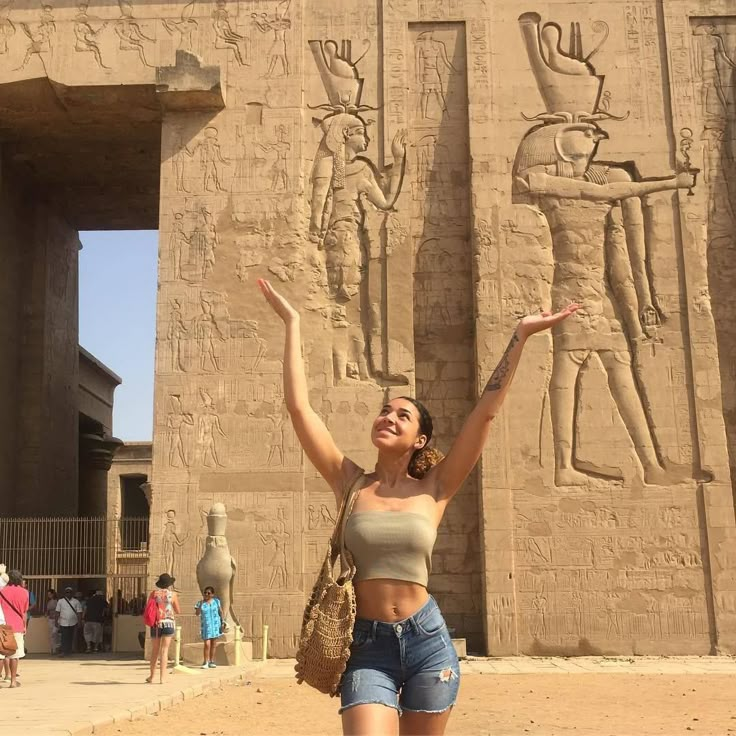Karnak Temple: The Largest Religious Complex in Ancient Egypt

The Karnak Temple, one of the most significant Luxor landmarks, is a vast religious complex that reflects Egypt’s glorious past.
Karnak Temple, located east of the Nile banks, is the largest temple ever built in Egypt. It is one of the main attractions for anyone visiting the ancient city. Its grand structure took over 2,000 years to come into being, shaped by generations of rulers and craftsmen. It is nowadays one of the central places that are visited by tourists who want to see the span of Egypt’s long and rich history, especially during Luxor day tours. Karnak Temple is not just an ordinary monument but a journey through time and belief systems that built an empire.
This article explores the fascinating history of Karnak Temple, the architectural wonder and mysteries of the temple, the famous Karnak Sound and Light Show, plus how it connects to the other equally spectacular Luxor Temple.
History of Karnak Temple
The genesis of Karnak Temple can be dated back to the Middle Kingdom (c. 2000 BC), yet the greater part of the standing structures came to be during the New Kingdom period (1550–1070 BC). The sacred site was mainly dedicated to Amun-Ra, the supreme deity of Thebes. Over the years, various pharaohs from Hatshepsut, Thutmose III, Seti I, to Ramses II undertook expansions and embellishments designed to increase their splendor.
Karnak was much more than a temple; however, it was a center of great power, both political and economic. The priests wielded immense political influence, and the influx of wealth into the temple rivaled that of even the royal coffers. What lies in ruin today is not simply an archaeological site; rather, it stands as a towering monument to the religious and architectural genius of the ancient Egyptian civilization.
Secrets of Karnak Temple
The mysteries encompassed within Karnak Temple continue to fascinate historians, travelers, and archaeologists alike. Among some of the temple’s most intriguing features are:
The Sacred Lake: This is a serene stretch of water used earlier in purification rites carried out by the priests, which still occupies a central place in the temple’s spiritual life.
The Precincts of Mut and Montu: Lesser-known sections within the temple complex, these precincts were devoted to the goddess Mut and the war god Montu.
The Karnak Kings List: Among the most remarkable of all inscriptions, it records the names of countless pharaohs and thus provides a direct link to Egypt's royal heritage.
Unfinished Obelisks and Columns: These were evidence of grand projects that remained incomplete and provide us with clues about the ancient construction techniques and the monumental vision of the pharaohs.
Delving into the lesser-known parts of Karnak opens up many cultural, political, and religious layers that deeply shaped ancient Egypt.
A Walk Through Karnak Temple
Walking through Karnak Temple is akin to strolling through a gigantic and living museum. Starting from the Avenue of Sphinxes, which formerly linked this temple with the Luxor Temple, a majestic row of ram-headed sculptures welcomes visitors, the very statues thought to be endowed with divine powers to offer protection.
The First Pylon: Constructed by Nectanebo I, this colossal entrance opens a gateway to the inner wonders of the temple.
The Hypostyle Hall: The soaring columns rise some 20 meters tall; it is among the breathtaking architectural spaces forged all across ancient times.
The obelisks of Hatshepsut and Thutmose I: These towering pillars within the complex not only praise the gods but are also an assertion of the enduring legacy of those who built them.
The Sanctuary of Amun-Ra: At the very heart of Karnak lies this sacred chamber, where ceremonies and offerings to that great god were conducted.
Every nook and cranny of the temple tells a story and gives one a full-blown immersion experience into the culture and beliefs of the ancient Egyptians.
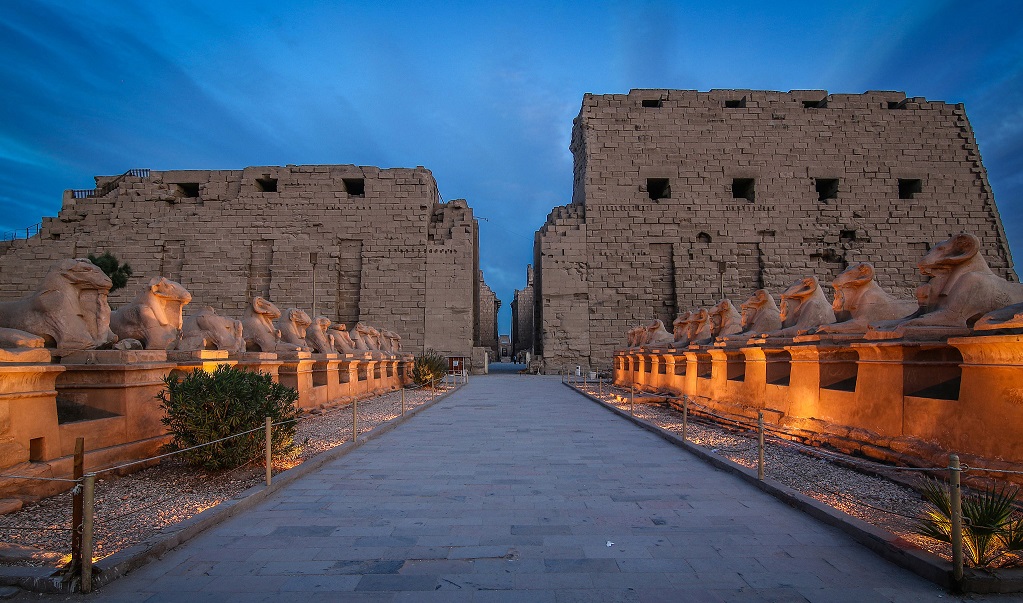
Karnak Sound and Light Show
Make your night unforgettable with the Karnak Sound and Light Show—a night extravaganza with spectacular effects casting new life upon the ancient stones of the temple. With the dramatic illumination and narration of the temple's great dramas, its majestic architecture is bathed in history.
This is perhaps the most popular attraction in Luxor, where the history and visuals combine. The play of shadows on columns and statues adds almost a mystical feel to the whole experience, as if one has stepped out of time into another era.
Karnak Temple and Luxor Temple: Which Should You Visit?
Every so often, visitors may find themselves wondering: Should I visit Karnak Temple or Luxor Temple? They are both essential in grasping the city's heritage, yet one offers a completely different experience from the other:
Karnak Temple is grandiose, sprawling, and central to Egypt's religious sphere. It is adorned by the vast Hypostyle Hall, the Sacred Lake, and many chapels, placing the temple at the center of spiritual life in ancient Thebes.
Luxor Temple, being a bit smaller, carries an intimate charm. Mostly, it was a royal temple and a focal point for the Opet Festival. Its atmosphere at night is utterly captivating.
Ideally, both should be covered during Luxor day tours. They are joined by the Avenue of Sphinxes and, conjointly, offer a fuller picture of Theban religious and royal life.
Why Karnak Temple Is One of the Most Impressive Sites in Luxor
Of all other things to do in Luxor, Karnak Temple holds the supreme distinction of being one of the most memorable. The sheer size of the temple, with artistic carvings and historical prominence, gives it the highest rank in the hearts of any traveler. Whether by day, or distracting yourself with the remarkable Karnak Sound and Light Show at night, it always has something to offer to impress its guests.
For anybody planning Luxor day tours, Karnak Temple should be at the top of the list. From the majestic Hypostyle Hall to the enigmatic Sacred Lake, Karnak Temple is the jewel of ancient engineering and spiritual devotion.
Are you ready to trace the footsteps of pharaohs like Hatshepsut? Make your Luxor day tour count by diving into the charms of Karnak Temple, which harbors the timeless spirit of ancient Egypt.
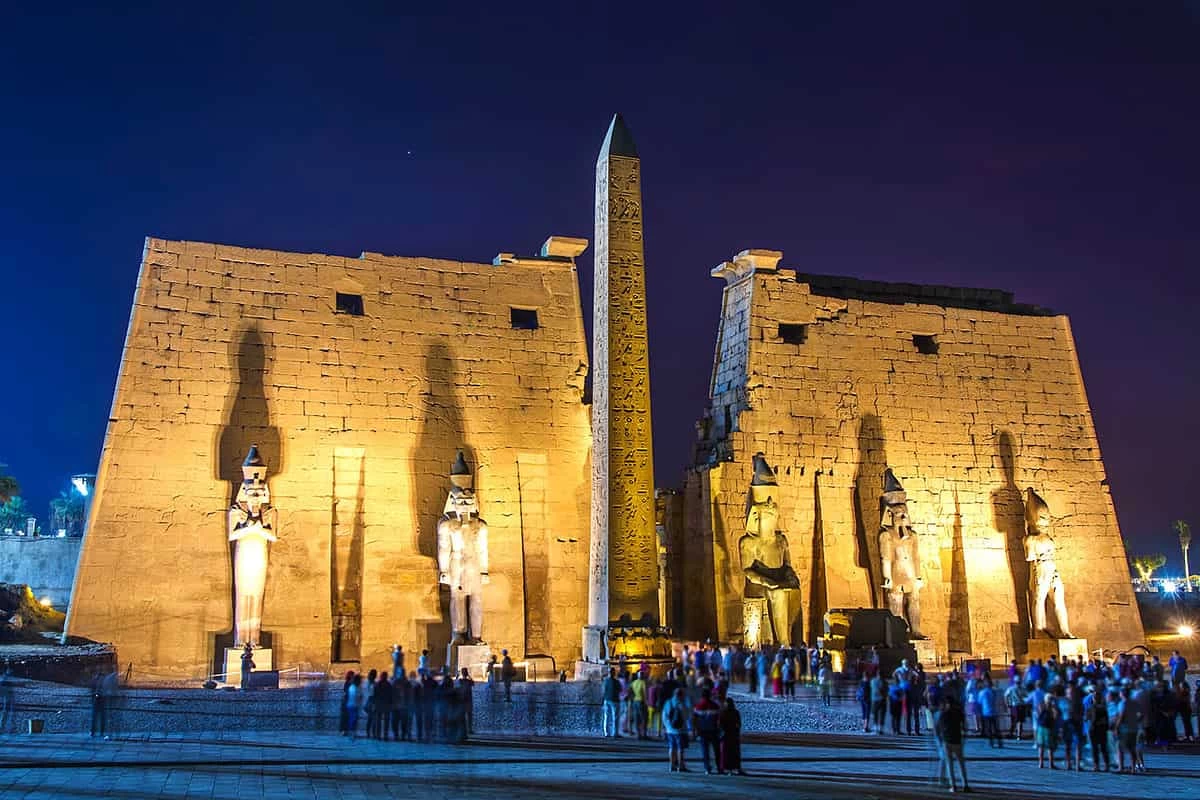
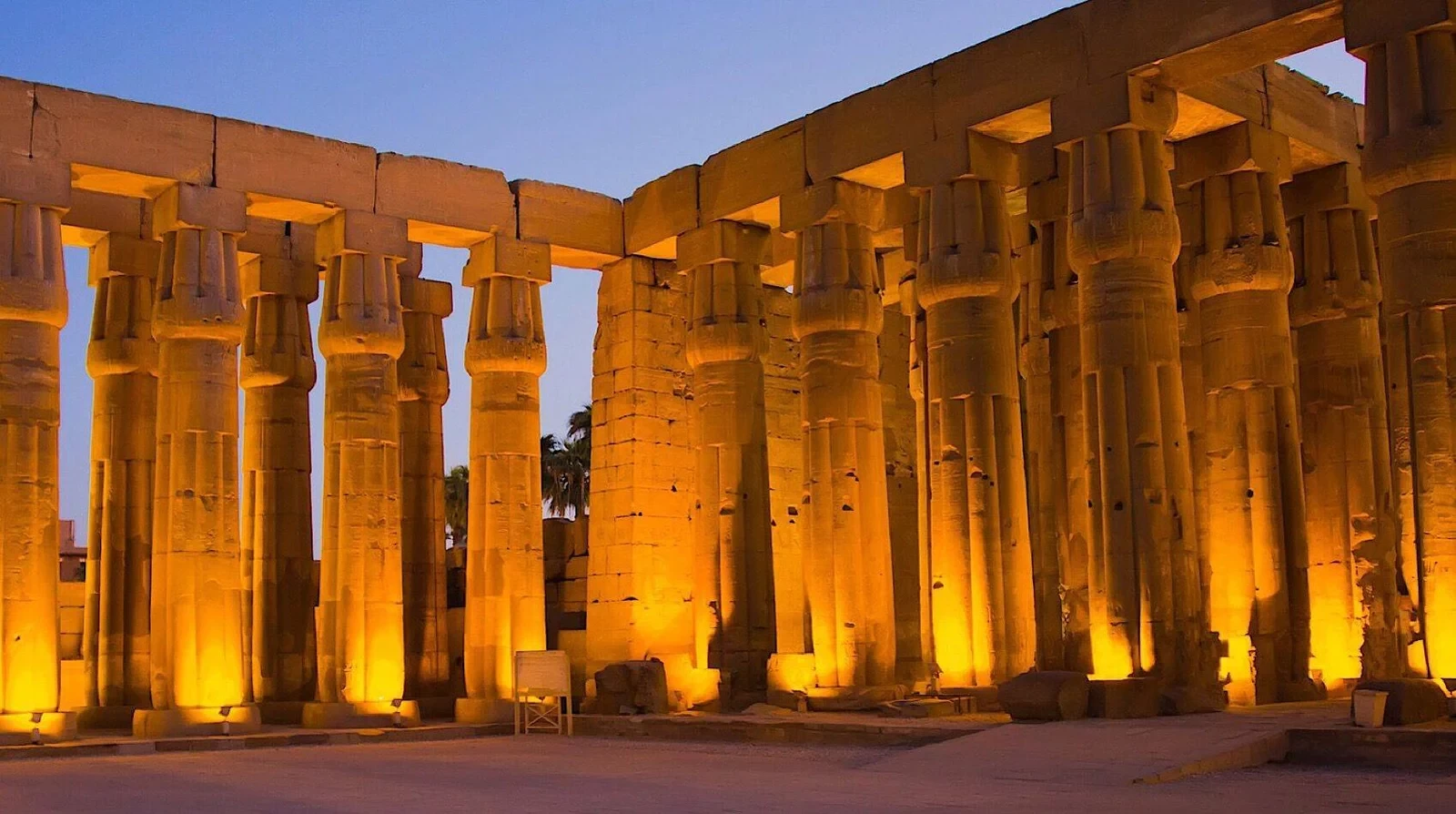
-webp.webp)
-(1)-webp.webp)
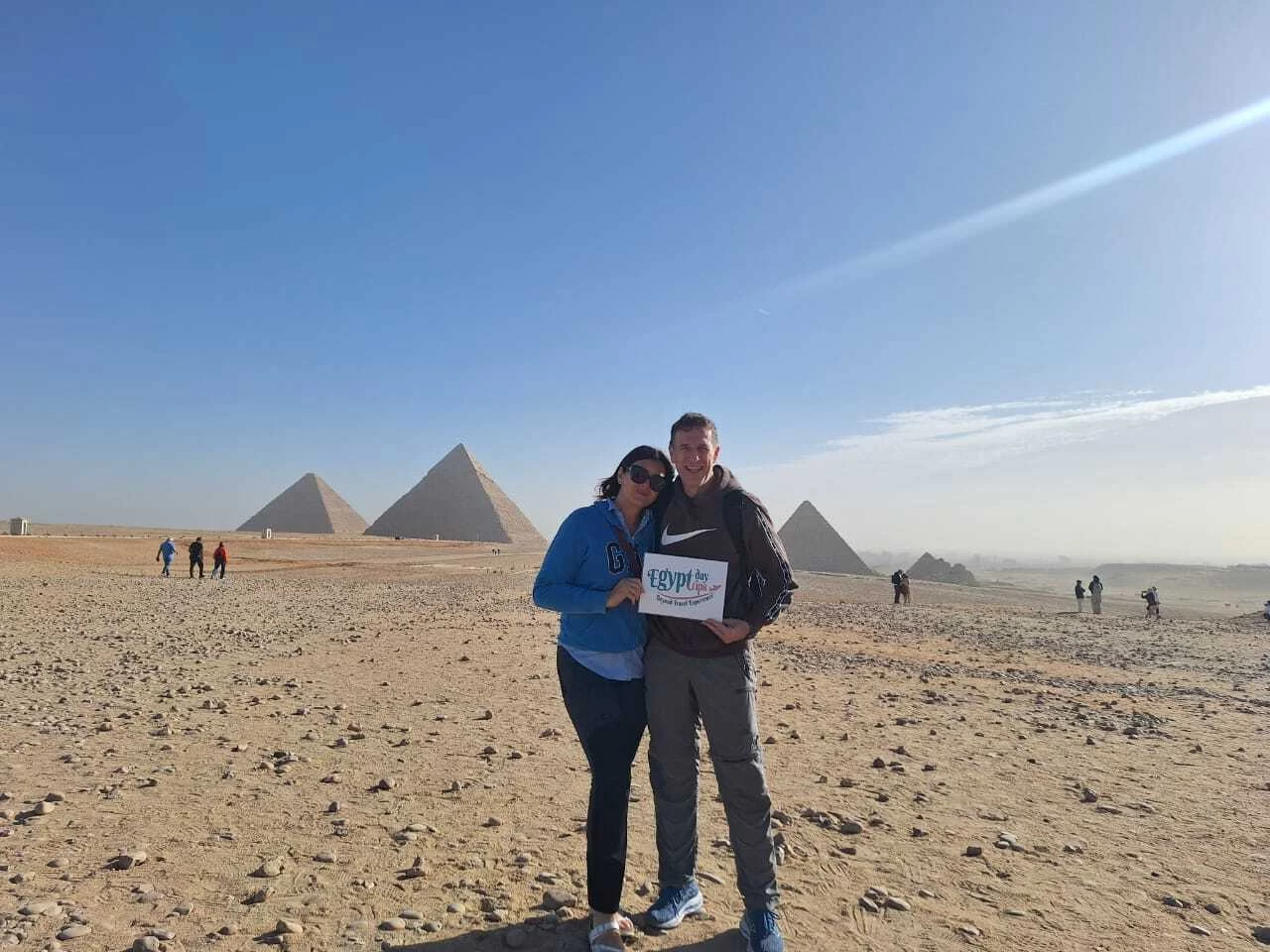
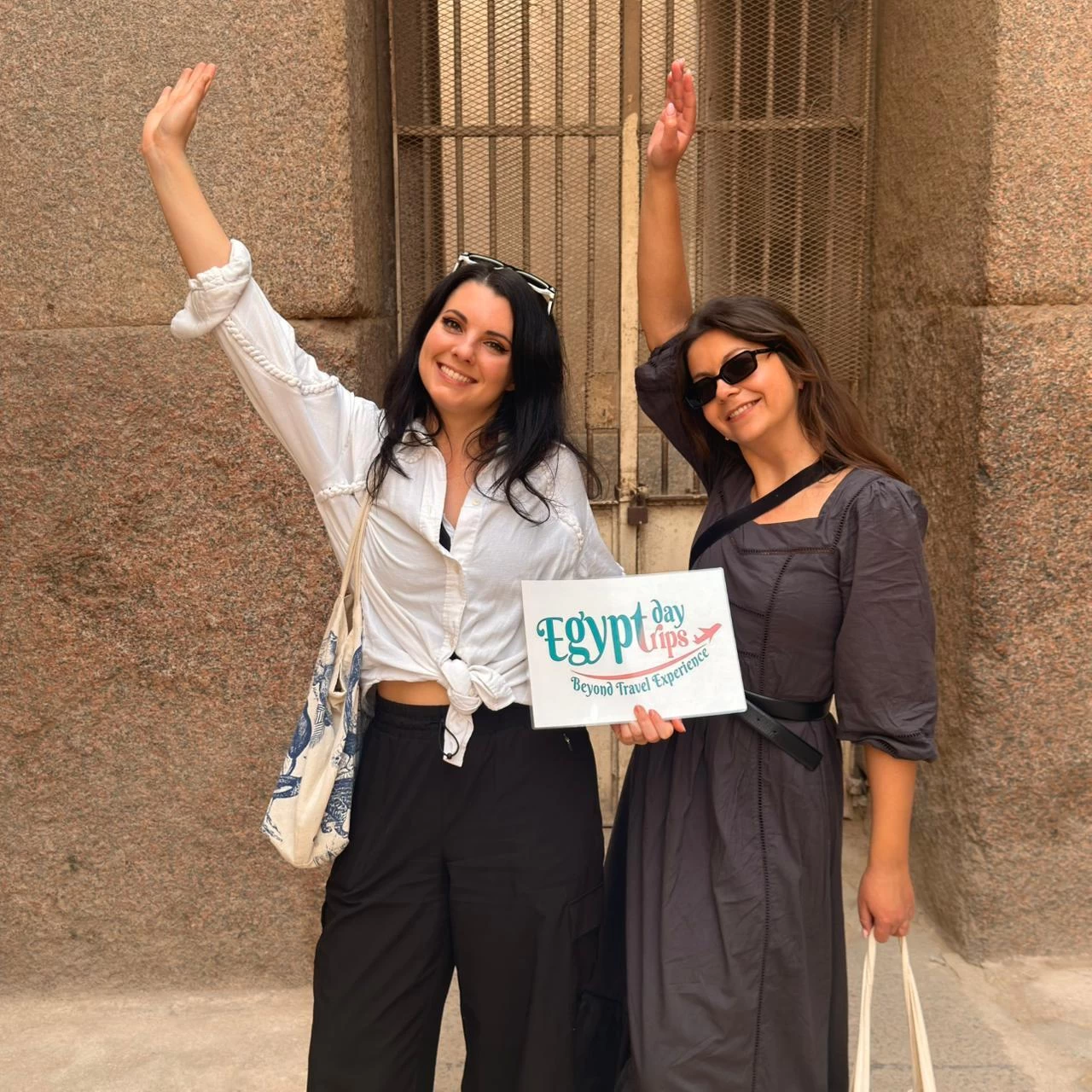
-webp.webp)
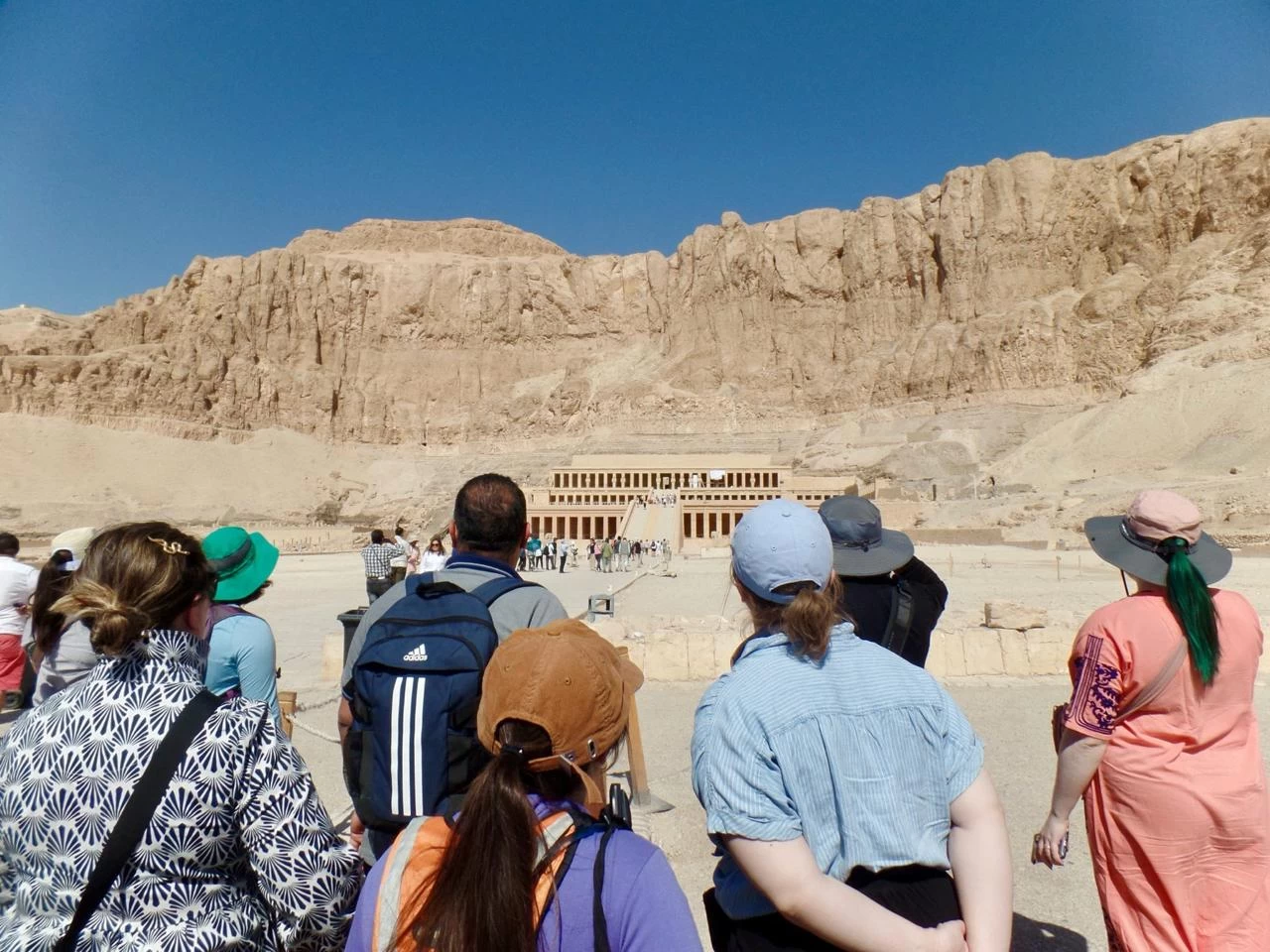
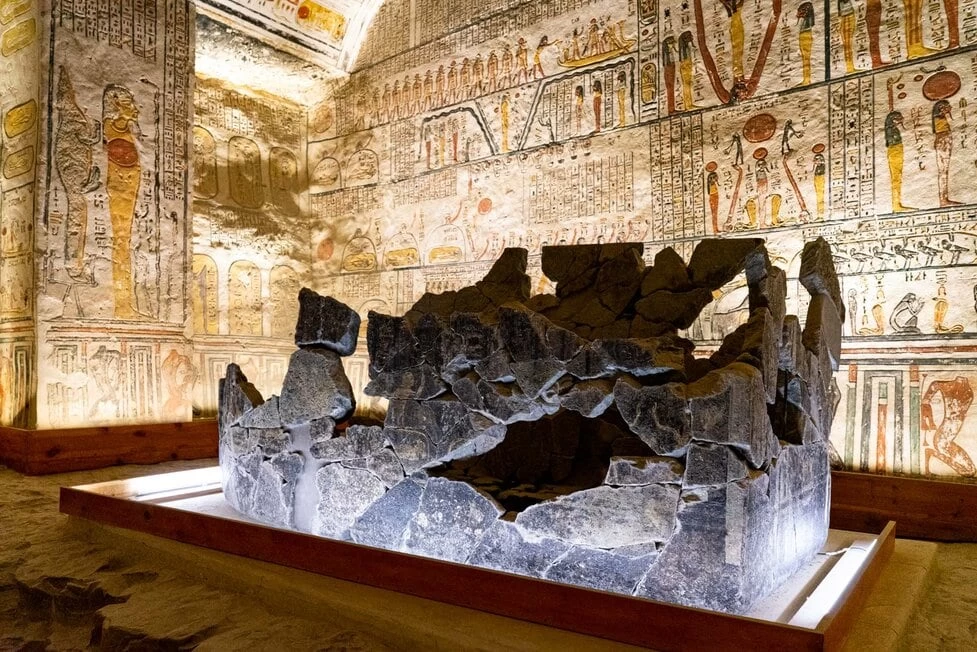
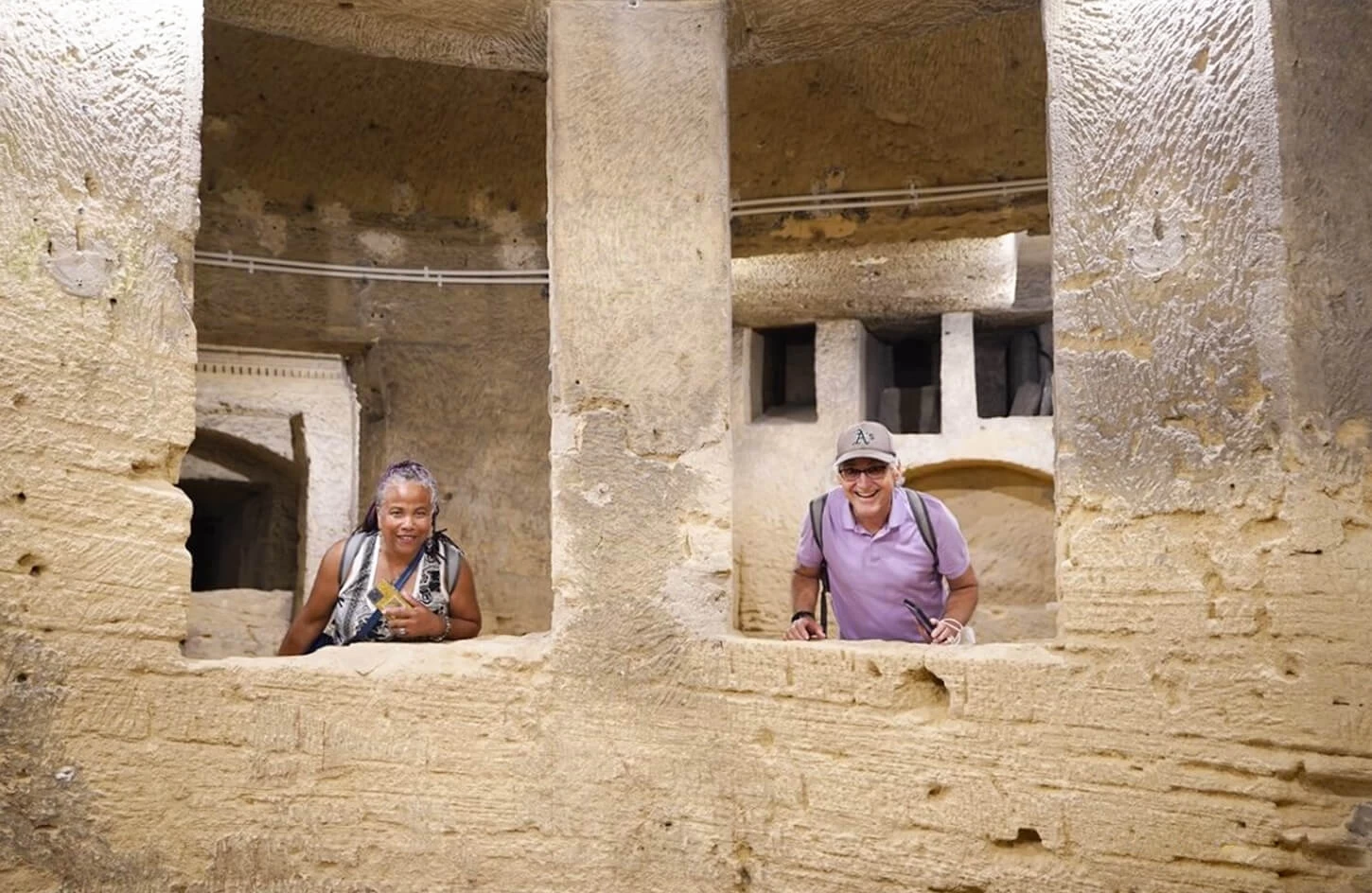
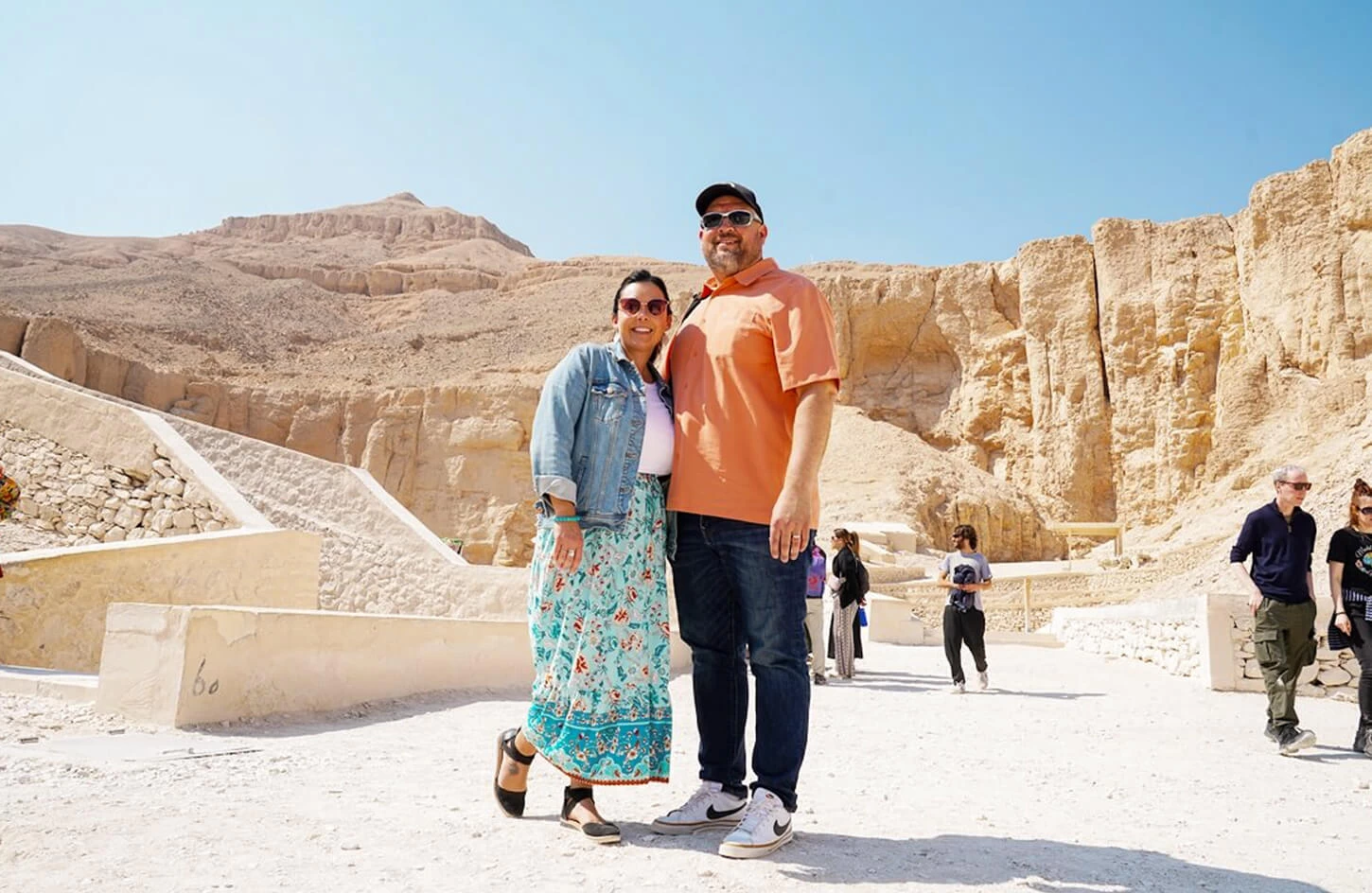
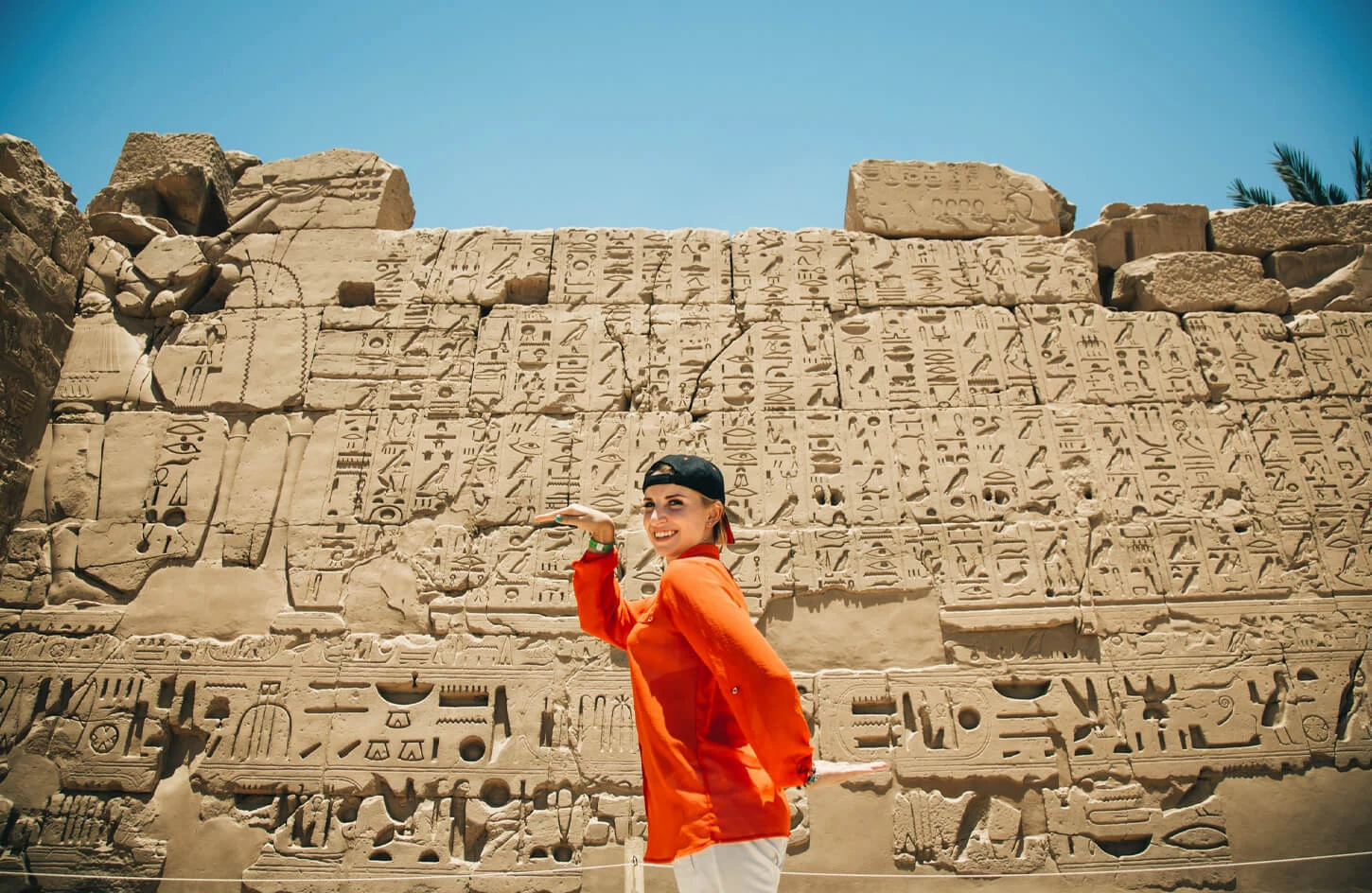


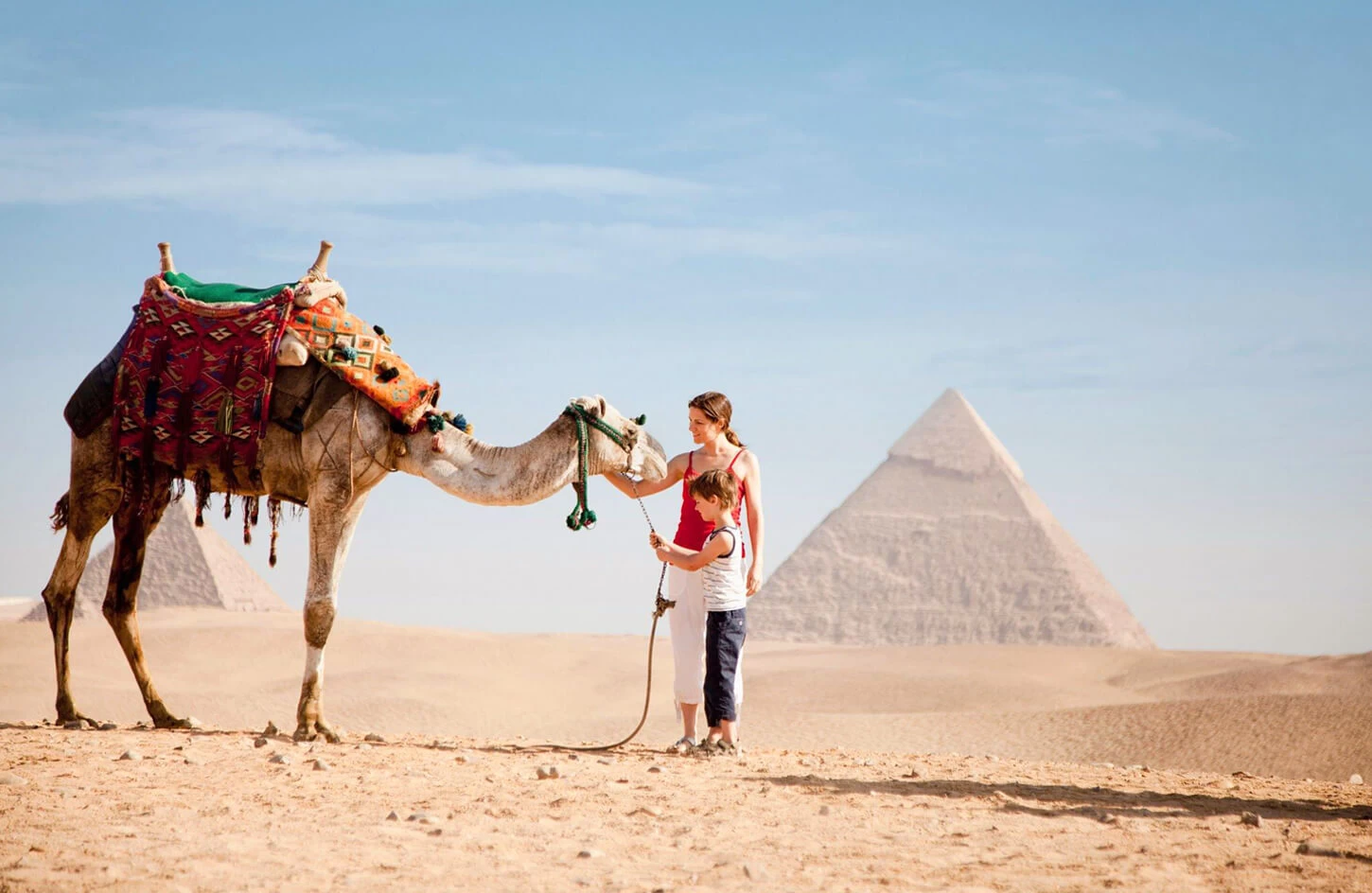
-webp.webp)
